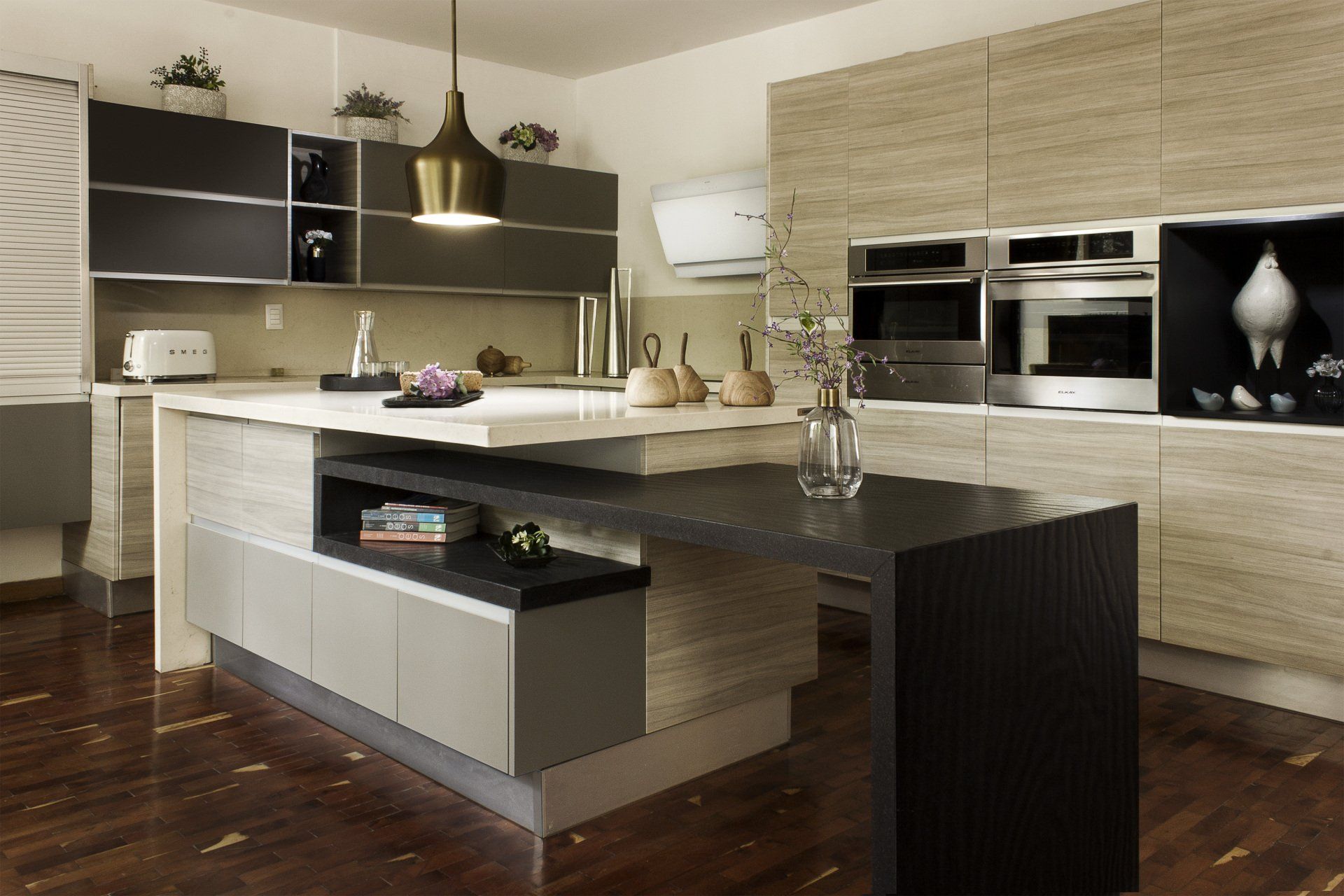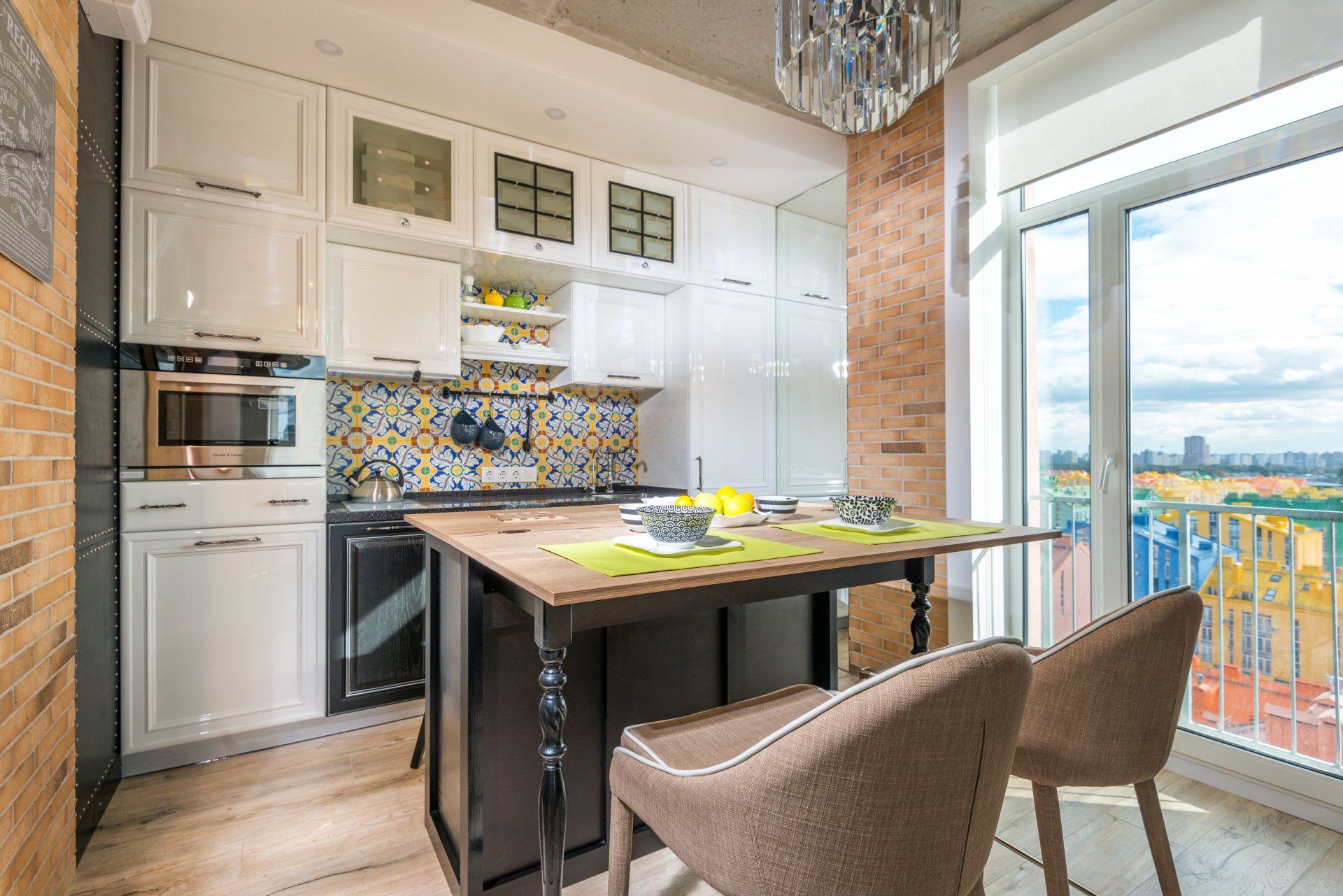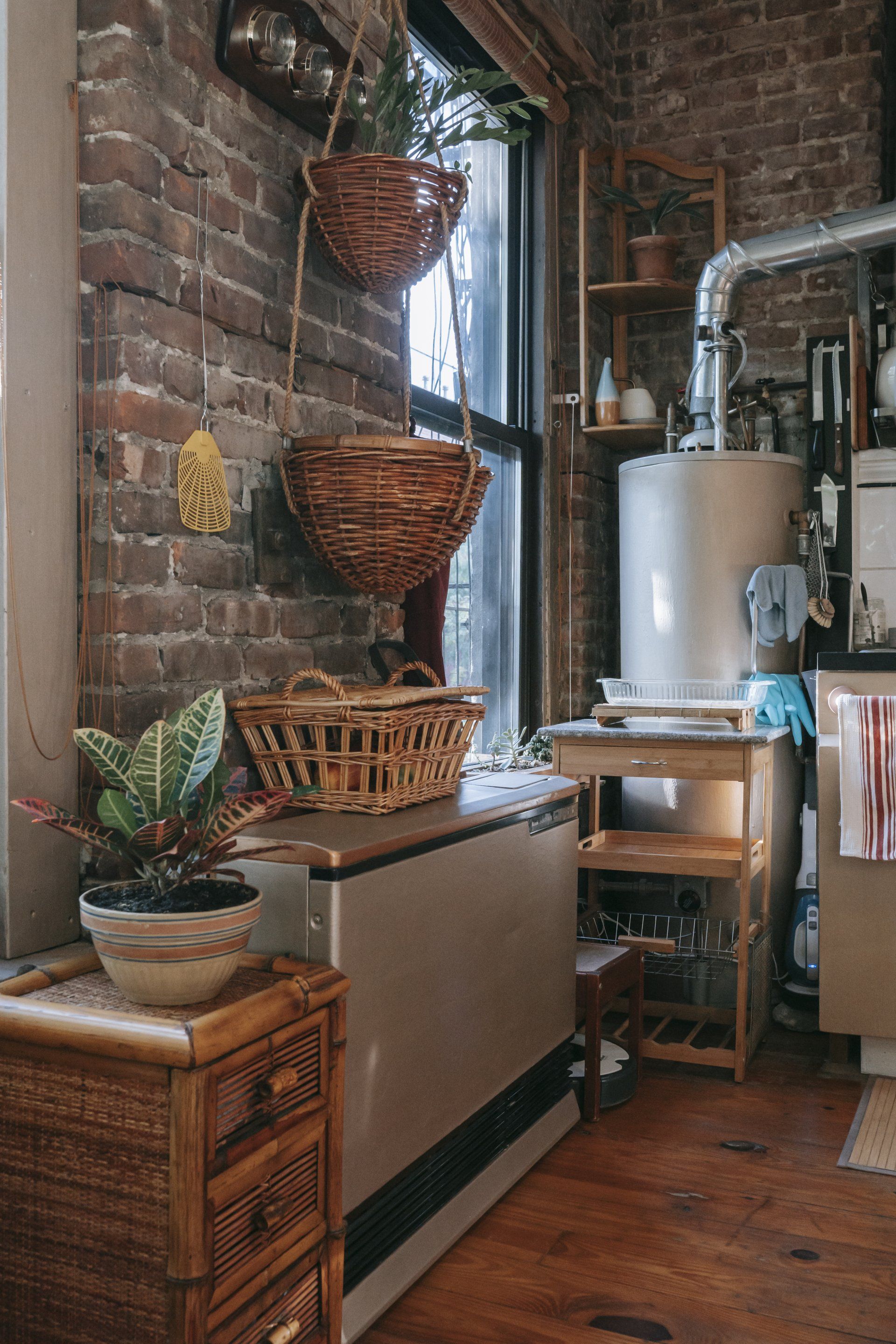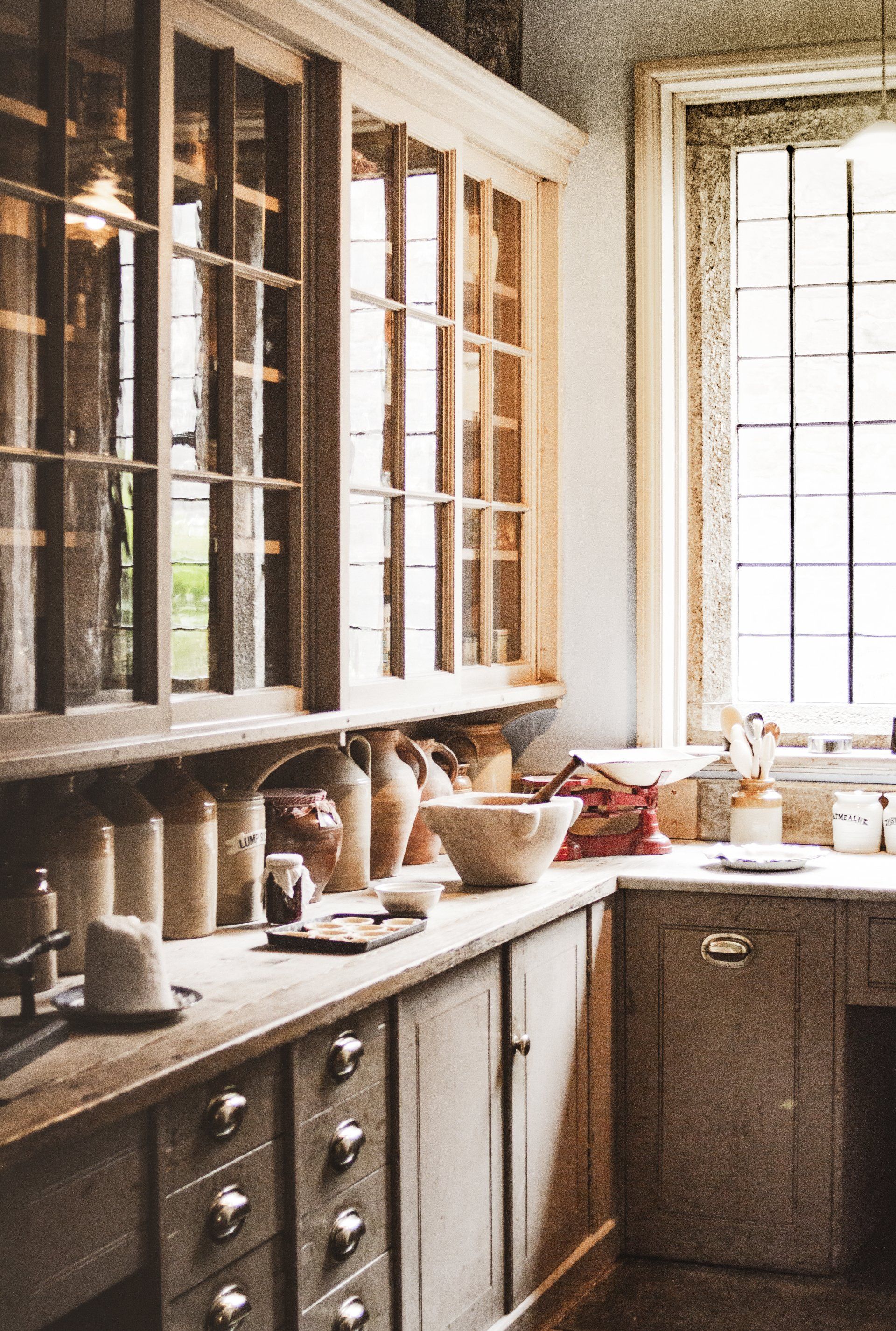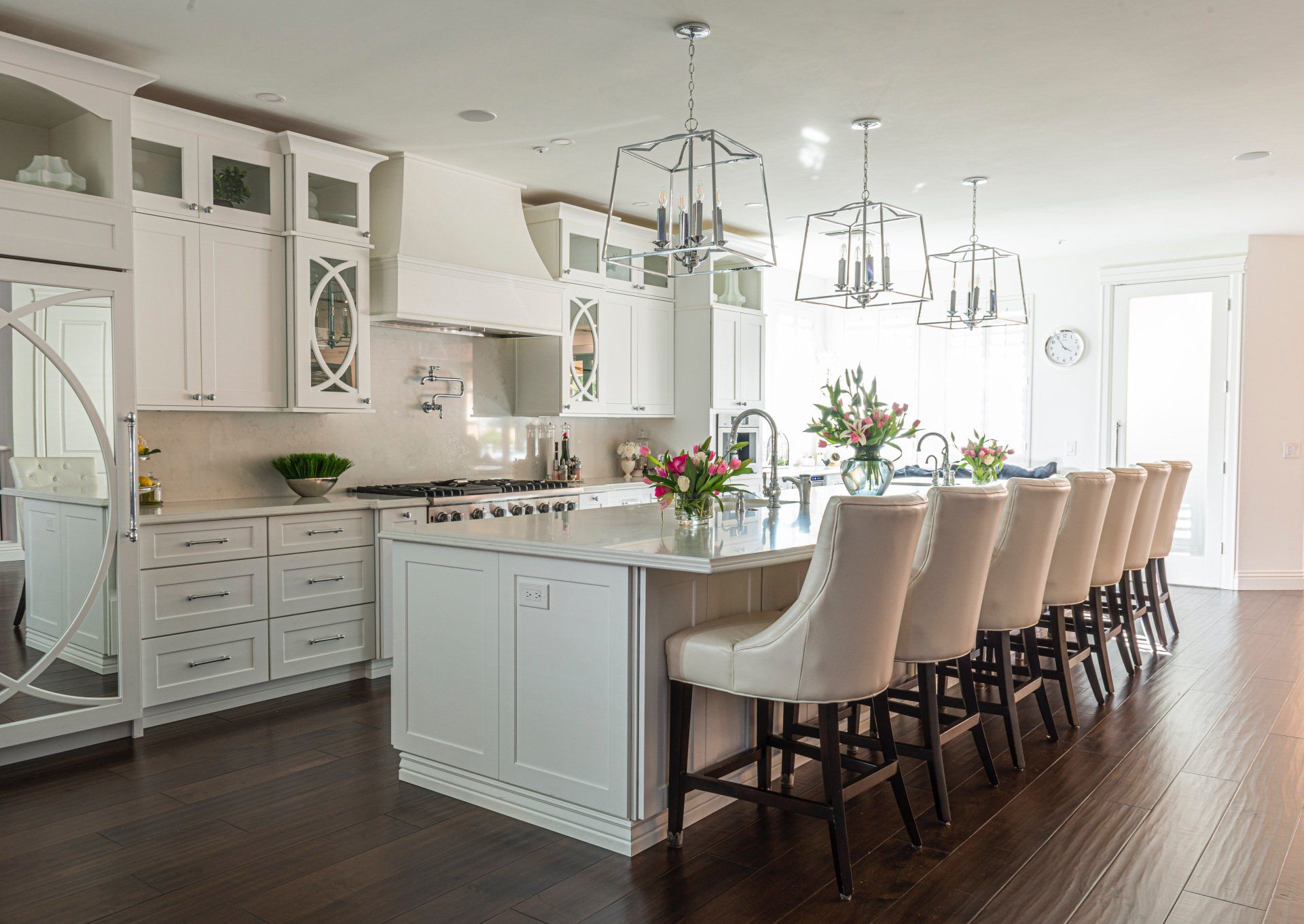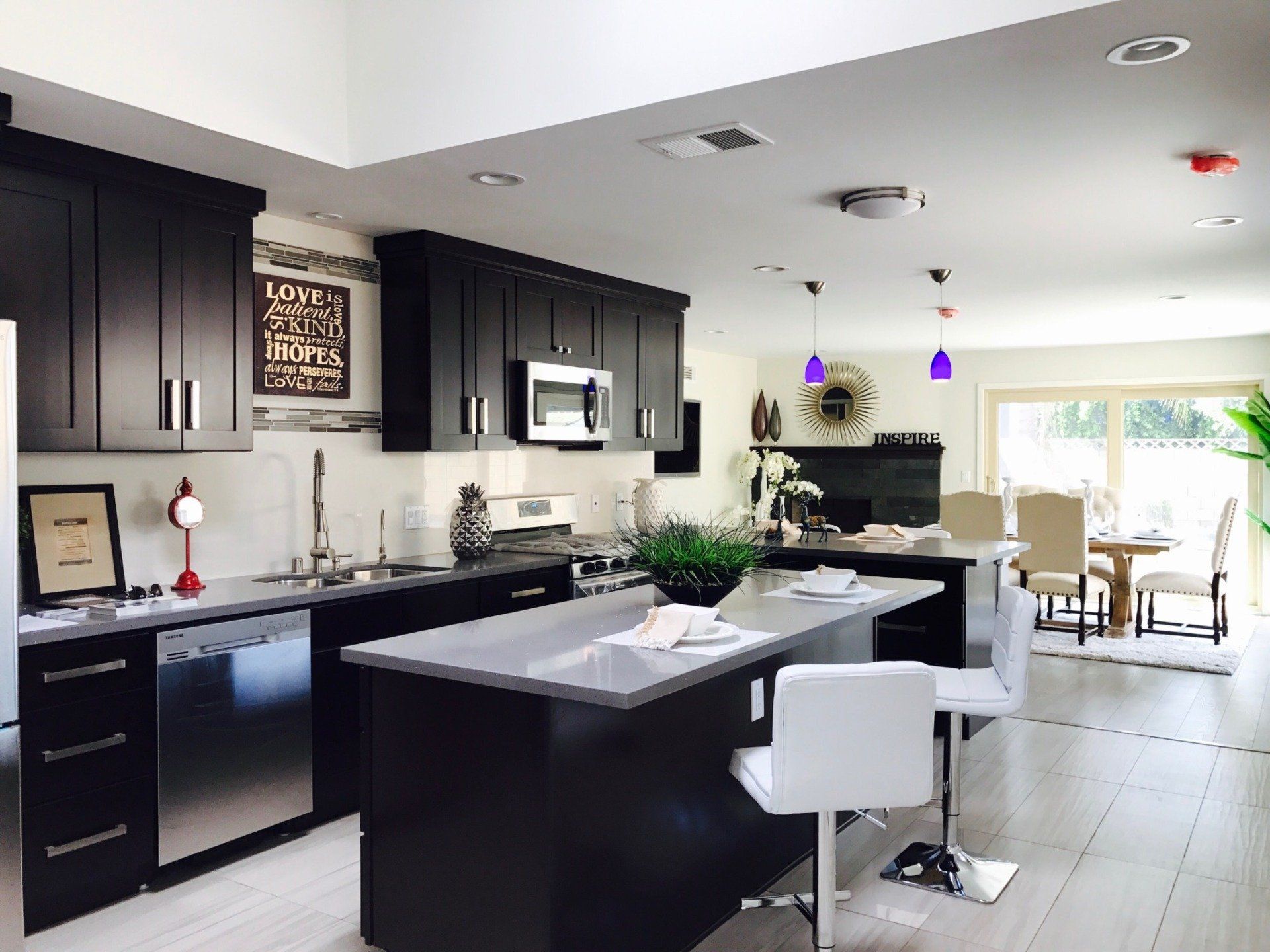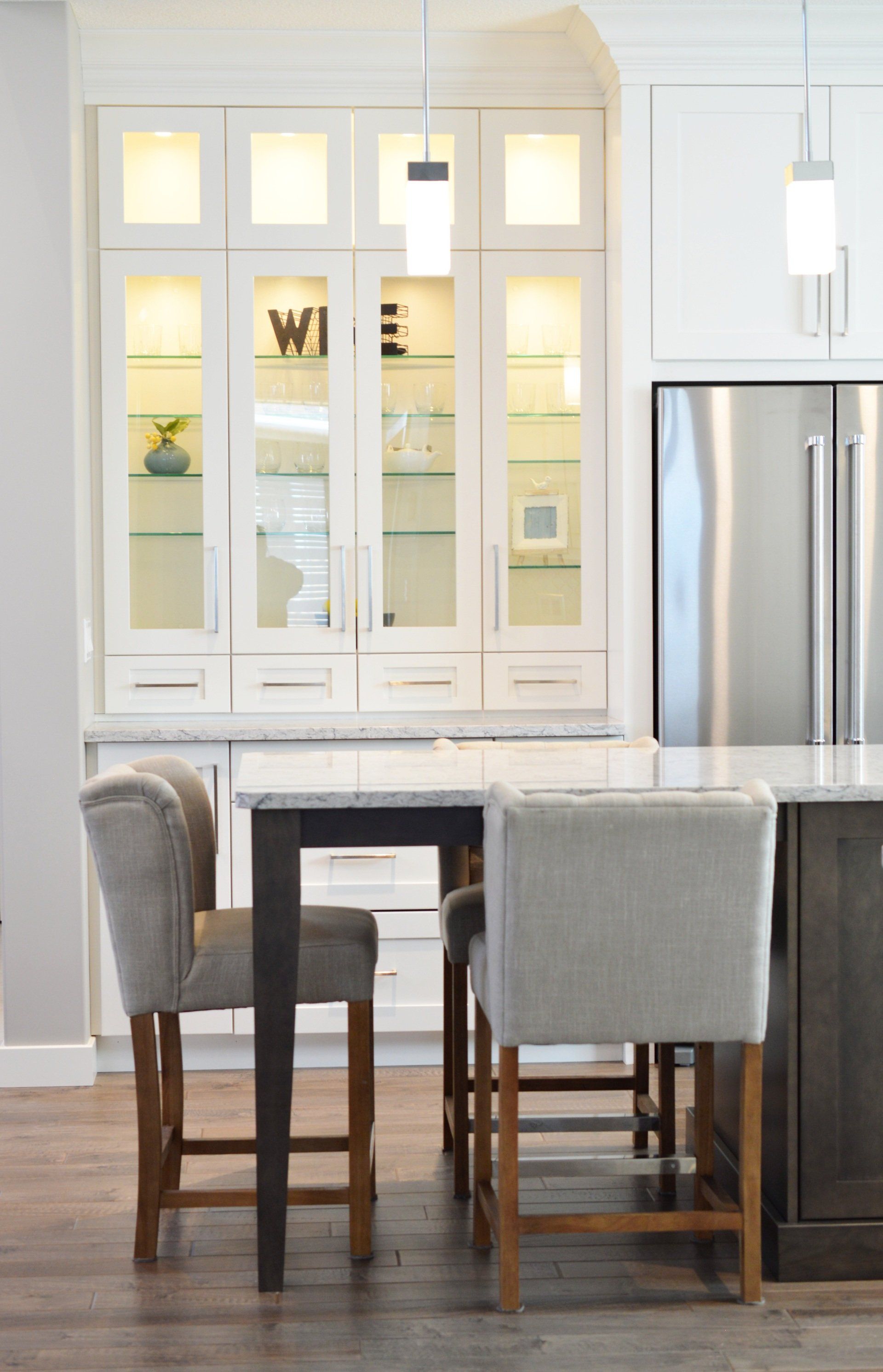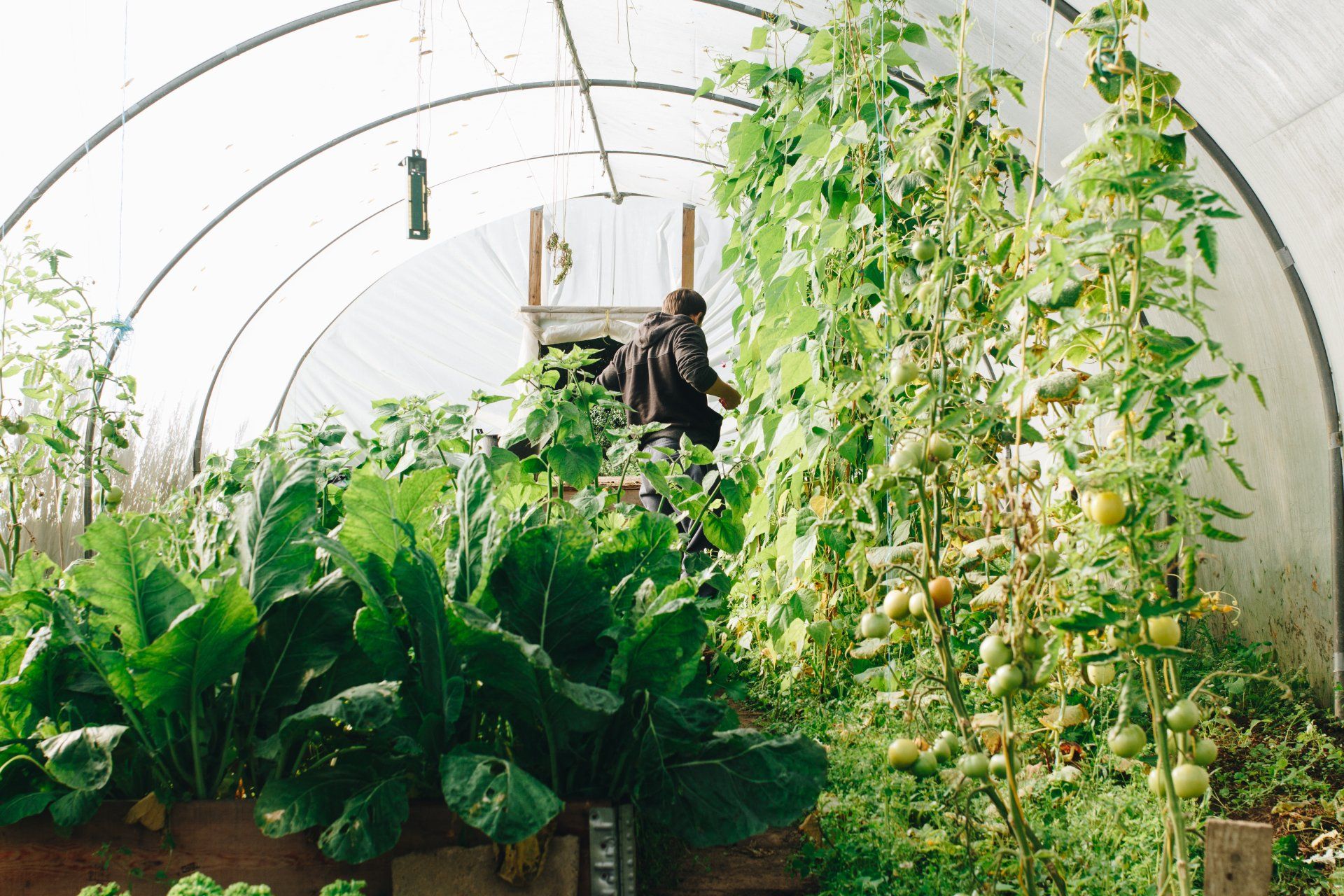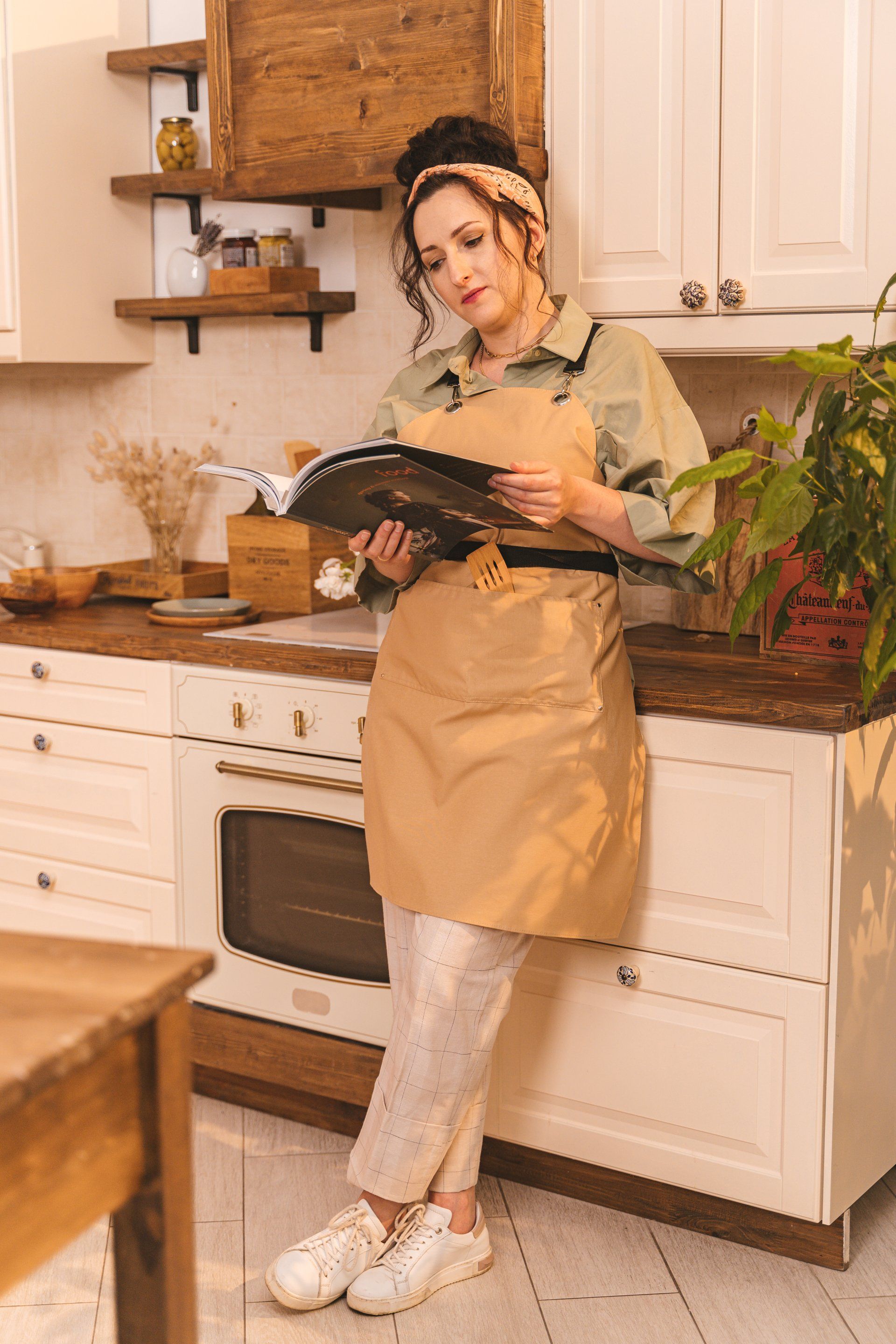Clever ways to reduce the expense of your kitchen extension
Clever ways to reduce the expense of your kitchen extension
Extensions to kitchens are a common way to create more space for your home in various designs. Based on the options available to you during the planning and design stages and the costs can differ significantly for this type of project. Here are the top options you could make to reduce the expense of your kitchen's extension.
1. Make use of the most common techniques for building
When you are building on a tight budget, it is best to utilize tried and true techniques for construction. When it comes to kitchen extensions, this would be:
- Block or brick work walls
- Concrete slab floor
- Mono-pitched or flat-roof timber
- Concrete strip foundations
Other materials, such as timber cladding could be used; however, they tend to raise the cost over the most common methods used for builders.
2. Utilize simple shapes
The extension will be simpler to build, quicker, and less expensive to construct when the design of the extension to the kitchen is rectangular in its footprint.
Any setbacks, notches, or even curves in the form of a kitchen extension are likely to add difficulty to the building and, consequently, cost more.
When planning your kitchen extension:
- Work with an outline to begin and then move it away from any significant boundaries or pathways whenever it is needed.
- Split this rectangle into smaller ones to indicate the most important areas for your project, e.g., kitchen, dining area, and utility space
3. Avoid massive structural work
The majority of the time, the most expensive cost of an extension to your kitchen are the construction work. A portion of this—such as foundations—is inevitable. But structural work over large openings can be avoided by carefully designed and planned design.
In the event you're thinking of opening the kitchen extension:
- Are there windows in your current opening that you could use?
- Are there doors that you could use?
- Can the space be designed in such a way that, even with a tiny opening, the space remains big?
4. Create a layout that is simple to follow
The best design is usually the simplest. The design, layout, and construction and use simple and economical.
In choosing to keep it simple in your kitchen extension:
- Utilize the method in point 2 to define the most important rooms and spaces.
- The furniture should be oriented to show clear lines of circulation.
- Avoid narrow spaces and corridors whenever possible.
- Try to be open and avoid obstructions such as furniture and walls to the inside.
5. Don't put off expensive fixtures until later.
It is generally recommended to prioritize the outer shell of your building first since it is much more difficult to modify later.
Kitchen fittings, light fixtures, and furniture are, on the other hand, can be easily replaced and improved. If you are looking to cut costs today, costly fixtures and fittings should be the first thing to be removed.
6. Be aware of the glass you choose to use.
The location and the type of glass used in your kitchen extension may dramatically alter the brightness and transparency of the space.
This shouldn't cost your budget, however. Most of the time, the same (or enhanced) result can be accomplished using less expensive systems and methods instead of elaborate bespoke gestures.
